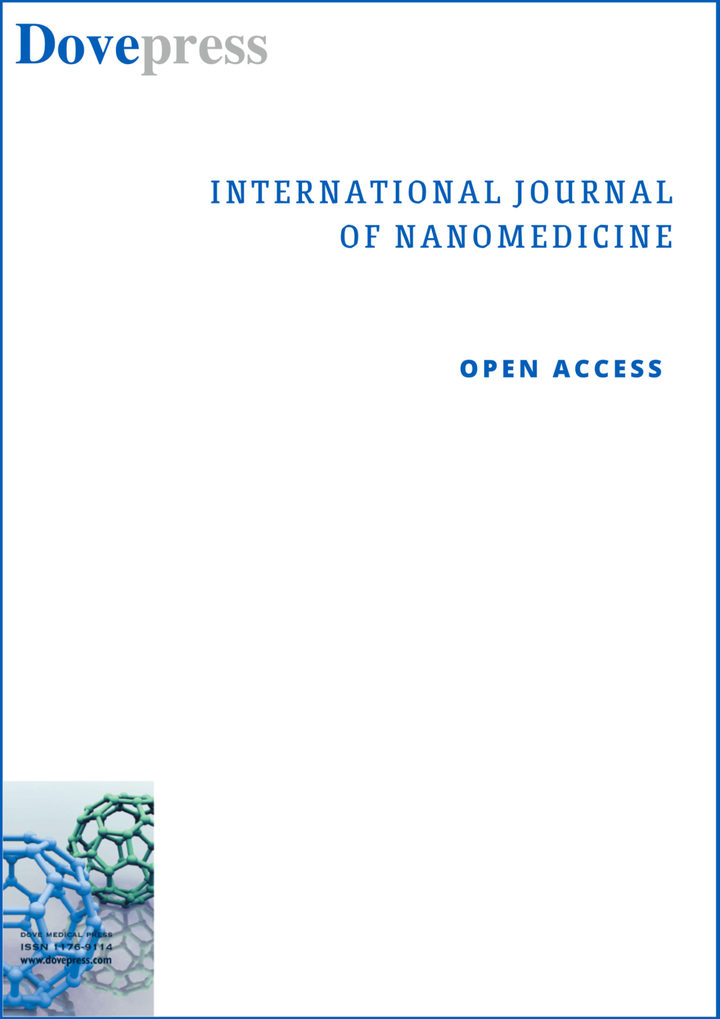摘要
背景:氧化应激被认为是急性高海拔脑损伤的一个重要机制。咪唑亚硝基是一类稳定的有机自由基清除剂,其分子中含有单个电子。因此,为了寻找低毒且对高海拔脑损伤有较好疗效的化合物,重点研究了以合成的线粒体靶向亚硝基咪唑为载体的 PLGA 纳米颗粒(TPP-C6-HPN@PLGA-NPs)的制备方法。此外,还评估了其对低压缺氧(HH)引起的小鼠脑损伤的保护作用:方法:采用乳液溶剂蒸发法制备纳米颗粒,并根据粒径、包封效率(EE)和载药量(DL)对制备方法进行盒式贝肯设计(Box Behnken design)优化。对优化后的 NPs 进行了物理表征和释放研究。选择高海拔脑损伤小鼠模型来评估 TPP-C6-HPN@PLGA-NPs 在体内的治疗效果。对暴露于高海拔条件下的小鼠血清和大脑进行了组织学和生化测试:结果:在最佳制备工艺下,TPP-C6-HPN@PLGA-NPs的粒径为120.63 nm,EE为89.30%,DL为6.82%,多分散指数(PDI)为0.172,zeta电位为-22.67 mV。此外,TPP-C6-HPN@PLGA-NPs 还具有良好的稳定性和药物持续释放性。与 TPP-C6-HPN 相比,TPP-C6-HPN@PLGA-NP 的毒性更低,且能被 PC12 细胞很好地吸收。组织学和生化分析表明,TPP-C6-HPN@PLGA-NPs 能显著减少 HH 诱导的脑组织病变、氧化应激、能量功能障碍和炎症反应。此外,纳米颗粒对小鼠的肝脏、肾脏等主要器官以及血液学没有明显毒性:结论:TPP-C6-HPN@PLGA-NPs 具有稳定性好、溶血率低、持续释放、毒性低和在脑组织中停留时间长等特点,可作为一种有前途的制剂用于适当治疗 HH 引起的脑损伤。Background: Oxidative stress is considered an important mechanism of acute high-altitude brain injury. Imidazole nitronyl nitroxide radicals are a class of stable organic radical scavengers that contain single electrons in their molecules. Therefore, in order to search for compounds with low toxicity and better effect against high-altitude brain injury, the preparation methods of PLGA nanoparticles (TPP-C6-HPN@PLGA-NPs) loaded with a synthesized mitochondria targeting imidazole nitronyl nitroxide were emphasized and investigated. Furthermore, its protective effect on brain injury caused by low-pressure hypoxia (HH) in mice was evaluated.
Methods: Nanoparticles were prepared by emulsion solvent evaporation method, and the preparation method was optimized by Box Behnken design based on particle size, encapsulation efficiency (EE) and drug loading (DL). Physical characterization and release studies of the optimized NPs were conducted. The high altitude brain injury mice model was selected to evaluate the therapeutic effect of TPP-C6-HPN@PLGA-NPs in vivo. The histological and biochemical tests were conducted in serum and brain of mice exposed to HH condition.
Results: The nanoparticle size was 120.63 nm, the EE was 89.30%, the DL was 6.82%, the polydispersity index (PDI) was 0.172, and the zeta potential was -22.67 mV under optimal preparation process. In addition, TPP-C6-HPN@PLGA-NPs owned good stabilities and sustained drug releases. TPP-C6-HPN@PLGA-NP exhibited lower toxicity than TPP-C6-HPN and was well uptaken by PC12 cells. Histological and biochemical analysis demonstrated that TPP-C6-HPN@PLGA-NPs significantly reduced HH induced pathological lesions, oxidative stress, energy dysfunction and inflammation response of brain tissue. Furthermore, nanoparticles did not show significant toxicity to major organs such as the liver and kidneys, as well as hematology in mice.
Conclusion: TPP-C6-HPN@PLGA-NPs exhibits good stability, low hemolysis rate, sustained release, low toxicity, and long residence time in brain tissue and can be used as a promising formulation for the proper treatment of HH-induced brain damage.

 求助内容:
求助内容: 应助结果提醒方式:
应助结果提醒方式:


